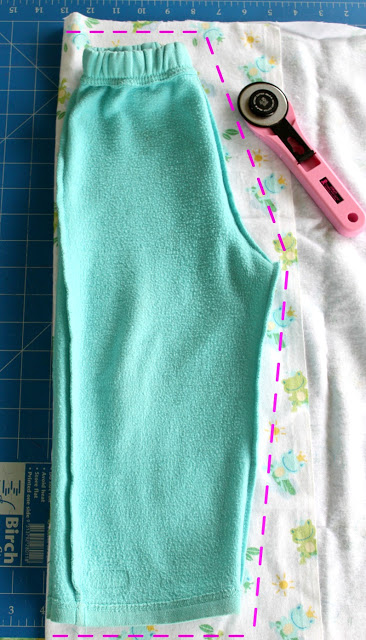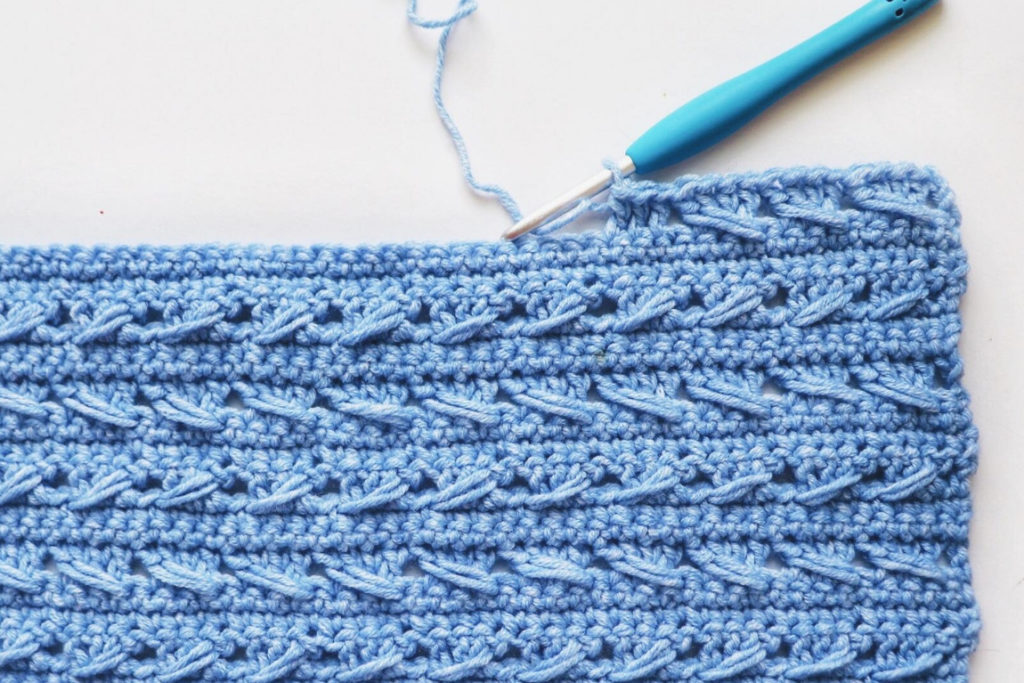
Right-click and select “Save Image As” or press and hold (on mobile)
HOW TO MAKE A CROCHET CHART HOW TO
Now, let's take a look at what a graph actually looks like and how to work with it.
HOW TO MAKE A CROCHET CHART PLUS
So, you start by chaining the number of stitches shown in the bottom row of your graph, plus one. First, like most crochet projects, you create a starting chain and crochet back along it.Here are some basics, and we'll follow with more specific instructions in a bit. Now, let's walk through how to start your project and how to read a crochet graph. It's a pattern in symbol form - sign language for crochet, in a way. You use crochet charts to instruct you on which stitches to use in the design of a crochet item. On the other hand, crochet charts use crochet stitch symbols to illustrate how a project is worked. They are typically an image of your piece with a grid overlay to help you count squares. Graphs are also great for filet crochet.Ī crochet graph is very similar to those used in cross-stitch or Perler bead patterns. Graphs come in handy for colorwork techniques, which include changing colors from stitch to stitch. ChartsĬrochet graphs and crochet charts are very different from one another. In this post, we will use single crochet as an example, but you can use your choice. Mini c2c (same here, each block is called a stitch).Corner-to-corner (c2c) (each block of stitches is called a stitch in this method).Here are some common stitches used in crocheting with graphs: Once you're familiar with the way graphs work, you can experiment with some of these other great graphing stitches and techniques. To start, we recommend beginning your graph journey using single crochet because it allows you to concentrate on the design, rather than on the stitch. They come in handy for sweaters, wall hangings, pillows, rugs, coasters, and so much more! There's no hidden secret to reading crochet graphs, and we'll explain how to do it! Furthermore, once you learn how to read crochet graphs, you can create many different projects with them. This blanket was crocheted from graphs created by the post's author, Tasha Margette.īe sure to visit her site for excellent information and tools to help you with your next project!īut crocheted items from graphs don't have to be square. The graph in our header image is by Tasha, from Stardust Gold Crochet (and the original author of this post), and her followers have used it to create beautiful items, like the blanket shown below. This afghan was done in single crochet by Rae Redford Beyer.

Graphs are fabulous for creating images in crochet. The blanket in the image below is called a graphgan, combining graph with afghan.

Or you can use graphs to create a large blanket or throw.

You can use items you've made with graphs to create smaller squares for potholders or to piece together (like in our Big Boy Blanket). In other words, if it involves changing yarn colors often within rows, rather than at the beginning or end of rows. Graphs are useful when you want to create a graphic in crochet, and it involves colorwork. Let's get started! How to Read and Use a Crochet Graph What can I make using a graph? We'll explain what you can make, what stitches to use, how graphs differ from charts, how to read them, and how to finish your graph projects. Understanding how to work with crochet graphs can seem intimidating at first, yet once you learn the basics, you'll be shocked at how easy it really is.


 0 kommentar(er)
0 kommentar(er)
